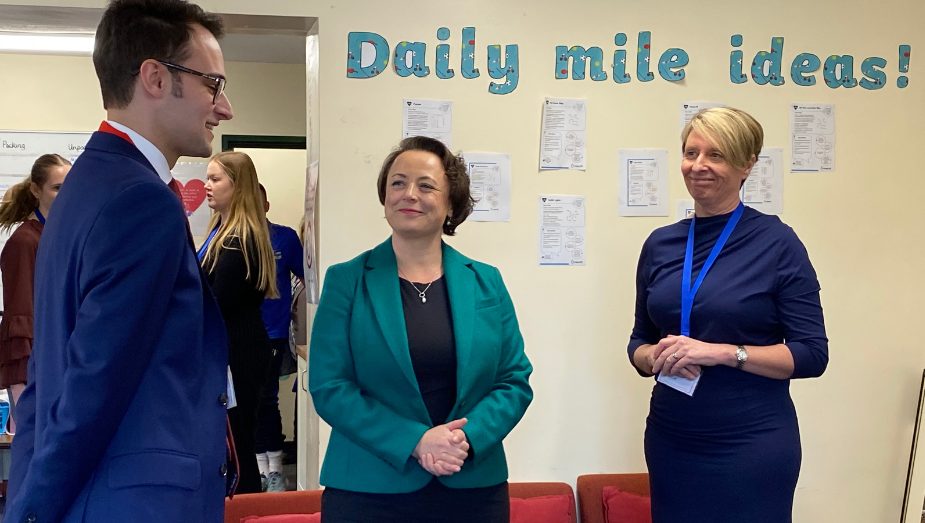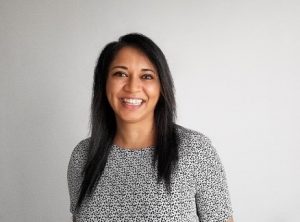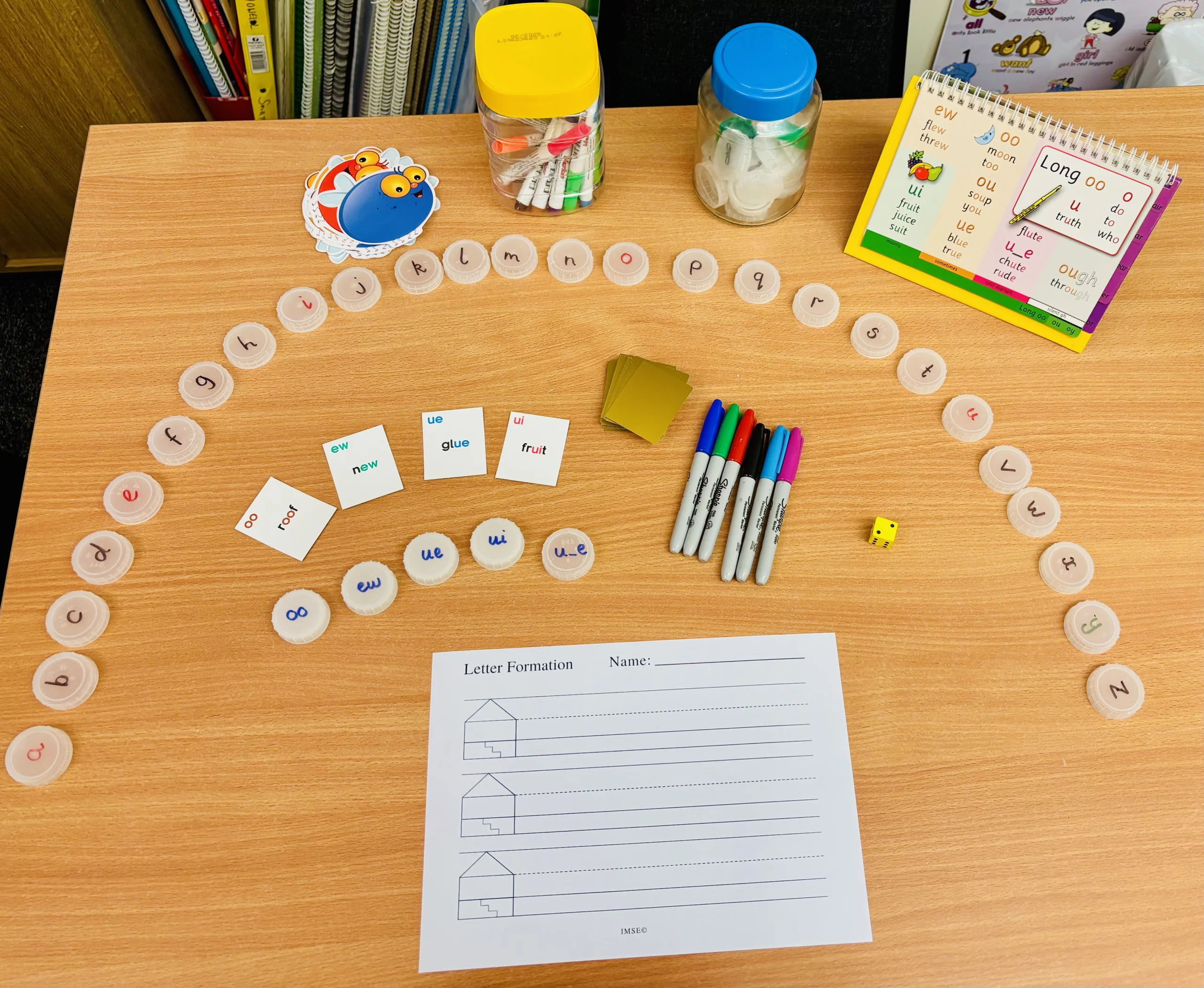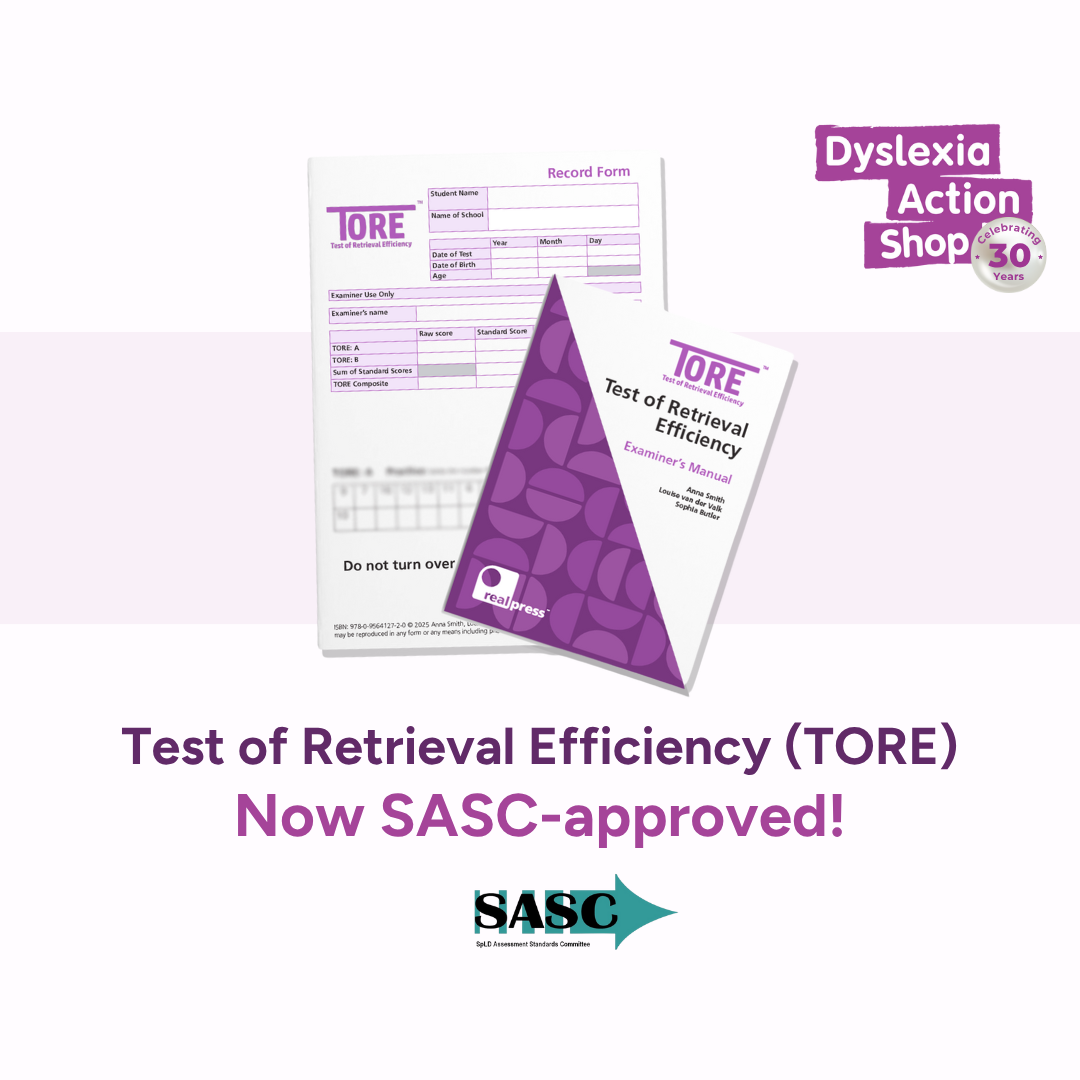Admin |
April 11, 2019
This article was originally written for and published by the International School Leader Magazine.
Author: Jalak Patel (Senior Educational Psychologist at Real Group Ltd which provides e-learning, training and assessment specialising in special educational needs and inclusion).
As a greater number of international schools adopt increasingly more inclusive policies and practices, the question becomes ‘How can we support all members of our school community to join us on this journey?’
I was reminded of this recently when talking with a head teacher who had been observing the quality of interactions between staff and students in her school. She noted that there appeared to be some staff who naturally adopted a more positive, inclusive manner when engaging with students and others who were less so. Interestingly, she recognised that these differences existed across all areas of the school community. She wondered if whole school training might provide an answer.
Ask the important questions
For whole school training to have any real impact, my experience has taught me that certain factors have to have been considered beforehand. What does the senior leadership team want to achieve? Moreover, what do they truly believe in? Before we can ask others to ‘do as we say’, we have to examine our priorities and make sure that they are in line with our purpose.
Welcoming a diverse range of students into our schools will undoubtedly make our classrooms a more interesting and vibrant place to learn. However, it may also lead to a change in the academic outcomes that many international schools have traditionally strived for. Do we truly value a student’s incremental progress against what they could do last week, last month or last year? Or is the message sent to staff that academic outcomes still outweigh other considerations?
What does whole school mean?
When we say ‘whole school’, how often do we really include the whole school? When was the last time that you included teaching assistants, school administrators and lunchtime supervisors to whole school training? What about your school caretaker? International schools operate within a wider cultural context, and levels of understanding around interacting with and supporting students with additional needs may vary. Being able to articulate a shared understanding of inclusion and its importance is an important step when contemplating change.
Including all members of staff in training, while immensely valuable, naturally leads to some logistical concerns: we tend to think of English as our main language of instruction but is it useful to consider whether another language of delivery might be more appropriate for some members of staff? Is the training being delivered at a time that is convenient for all? Are part-time staff expected to come? Will everyone be paid for the time they are there? These are all important considerations when we want to maximise the impact of whole school training. For inclusion to work we need everybody to understand and be on board.
We also need staff to be able to share their concerns and anxieties in a welcoming environment. For some staff, this may be the first time that they are going to be working with students who require some level of differentiation. For others, they may be concerned that their competence will be called into question. Effective senior leadership, in the form of an open door, a listening ear and a safe space, can help to alleviate these anxieties and lead to solution-focused conversations.
Embedding good practice

The model of training adopted by a school may go some way to develop not just knowledge and understanding of inclusion but also everyday practice. We know, from research into good practice, that an effective model of whole school training includes the delivery of knowledge and key concepts, modelling and demonstration, and opportunities for practice alongside developmental feedback, coaching and mentoring. For inclusion to become embedded as part of our everyday values and behaviours, planning effective whole school training should include opportunities for all members of the school community to be involved in these different stages of development.
Change takes time. In the context of a fast-paced school, it can be difficult to recognise and celebrate small steps of success. Having a clearly defined action plan, with sufficient time to implement each stage, and opportunities to monitor and reflect is key. Including everyone in discussions around ‘what works’ and ‘how we can improve’ may lead to some interesting and innovative ideas for the future. In settings where there can often be a high level of transience – in either the senior leadership team or in the wider school community – it will be important to revisit all aspects of the plan on a regular basis.
Whole school training is most effective when the process itself is as inclusive as the ethos that schools are working towards; where there is a shared vision held by all, a clear approach for working towards mutually agreed goals, opportunities for solution focused conversations to take place and celebration of all achievements, no matter how large or small!
Key considerations
- What are your school priorities for the coming year? Consider how inclusive they are.
- Have you seen examples of good practice that you admire? Speak to colleagues in other settings about how they have achieved their goals.
- Inclusion doesn’t just happen within the four walls of a classroom. All facets of the school community need to be considered – people, building, teaching styles and learning materials.
- Be aware of the wider cultural context in which your school sits.
- To be truly inclusive, there needs to be a shared vision of what inclusion means and what this looks like in your school. Every single member of the school works together to ensure that all learners feel respected, valued and supported to achieve their goals.







What do you think?